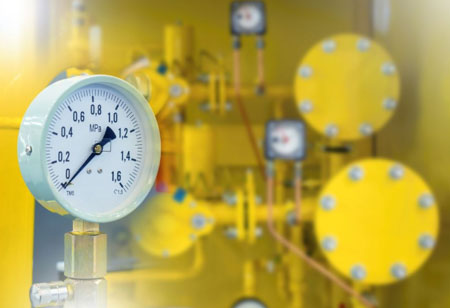
Ensuring the reliability of industrial vacuum systems involves understanding and implementing effective quality assurance tools. These tools are essential for maintaining efficiency and minimizing downtime through regular system checks and maintenance schedules. This article provides insights into enhancing the performance of these systems using such tools.
Industrial vacuum systems play a crucial role in various manufacturing processes by maintaining a clean and controlled environment. These systems help prevent contamination, ensuring that products meet quality standards. Understanding how these systems function is essential for maintaining their reliability and efficiency. For more detailed information on quality assurance tools, you can find more here.
The role of quality assurance tools in vacuum systems
Quality assurance tools are designed to maintain specific pressure levels, which are vital for processes such as packaging and drying. Consistent pressure is necessary to avoid inefficiencies and increased costs. Regular monitoring of components like pressure gauges and pumps helps detect deviations early, allowing for timely interventions.
Training personnel in vacuum technology and the use of quality assurance tools ensures they can identify and address potential issues before they become significant problems. This proactive approach not only protects equipment but also extends its operational lifespan. By fostering a culture of awareness and education, you empower your team to maintain high-quality standards consistently.
Modern quality assurance tools incorporate advanced sensors and monitoring systems that provide real-time data analysis. These sophisticated instruments can detect microscopic changes in pressure levels, temperature fluctuations, and system performance metrics. By leveraging this technology, facility managers can implement predictive maintenance strategies that significantly reduce the risk of unexpected system failures and optimize operational efficiency. The integration of these tools with facility management software creates a comprehensive monitoring ecosystem that ensures consistent vacuum system performance.
Conducting regular system checks with advanced tools
Regular system checks are fundamental to any quality assurance strategy. These checks involve inspecting critical components such as seals, valves, and filters, which are susceptible to wear. Advanced diagnostic tools facilitate comprehensive assessments without disrupting operations, providing real-time data for informed decision-making.
Integrating IoT technologies into vacuum systems enhances predictive maintenance capabilities, offering alerts based on historical data trends. Establishing a checklist for routine inspections ensures consistency and thorough evaluation of every system aspect. These measures improve reliability and foster a culture of continuous improvement.
Digital inspection tools have revolutionized the way system checks are performed in industrial vacuum systems. These tools include thermal imaging cameras, ultrasonic leak detectors, and vibration analysis equipment that can identify potential issues invisible to the naked eye. By incorporating these advanced diagnostic tools into regular inspection routines, maintenance teams can create detailed performance profiles for each system component. This data-driven approach enables more accurate prediction of component life cycles and helps optimize replacement schedules, ultimately reducing operational costs and minimizing unexpected downtime.
Optimizing maintenance schedules through quality tools
Determining appropriate maintenance intervals is crucial for optimizing vacuum system efficiency and longevity. Maintenance schedules should consider factors like usage frequency and environmental conditions. An effective strategy combines preventive and corrective measures to keep equipment in peak condition.
Investing in skilled personnel for maintenance tasks is equally important. Training programs should keep staff updated on industry practices and technological advancements. Prioritizing education and skill development ensures your team can maintain high operational standards consistently.
Standardized workflows and quality assurance tools
Standardized workflows enhance quality assurance processes by establishing clear procedures for system operation and maintenance. These workflows cover everything from setup to decommissioning, ensuring consistency across all levels. Detailed documentation provides personnel with the necessary information to perform tasks effectively.
Incorporating feedback mechanisms within workflows allows for continuous refinement based on real-world experience. Encouraging team members to suggest improvements fosters a collaborative atmosphere, contributing to achieving common quality assurance goals.
We use cookies to ensure you get the best experience on our website. Read more...